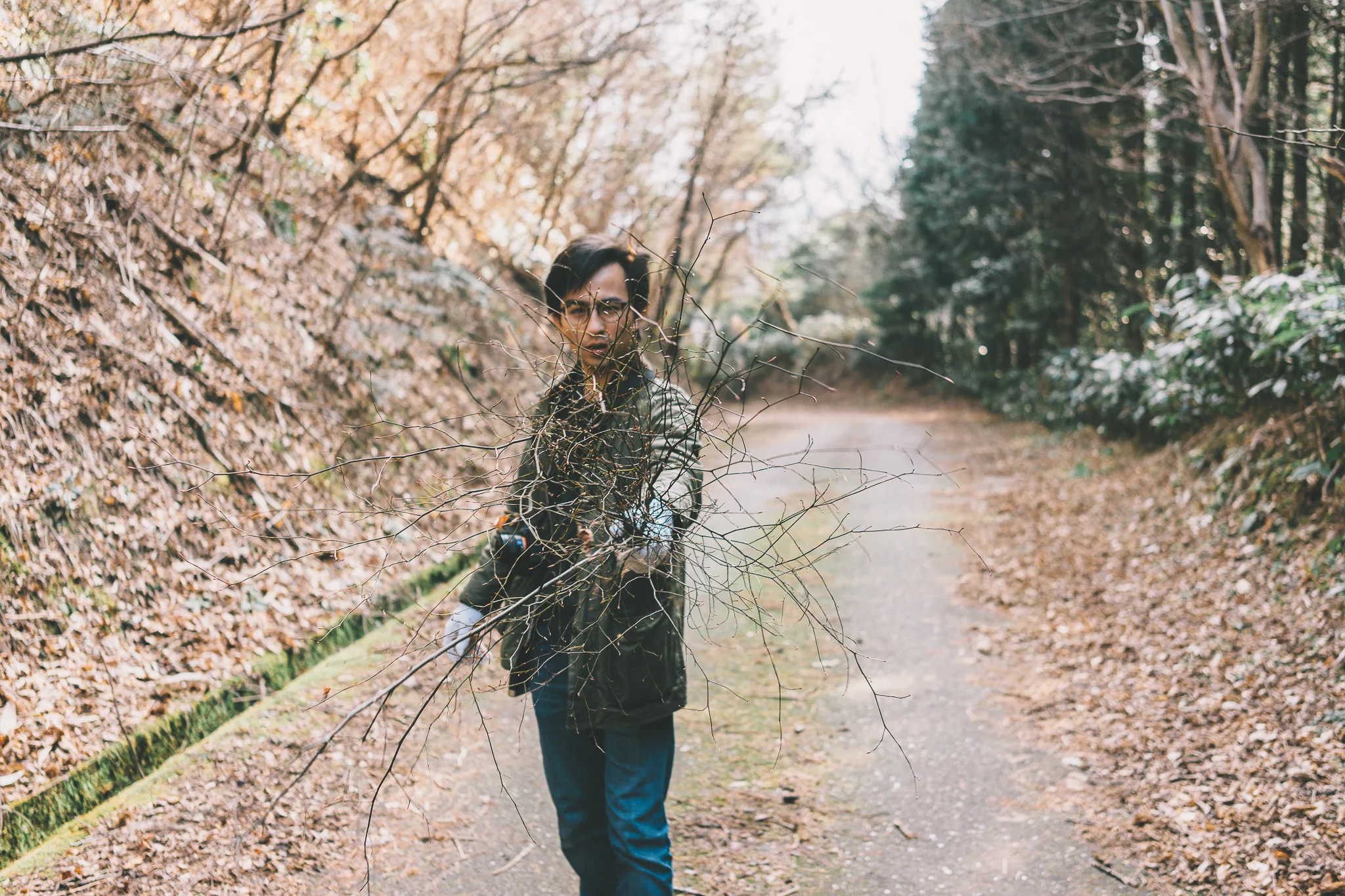My Fermentation Station
So in my house, I got a little secret, a little dark corner hidden away underneath the staircase. It’s where I keep all of my little creations. Some soaking in alcohol, others drowning in sugar syrup or vinegar, while the rest are slowing rotting…
It’s my fermentation station!
Gotchu guys worried right? It just happens so to be that in my house, the little space underneath my staircase gets no direct sunlight and the temperature tends to stay relatively stable. One of the joys of living in the countrysides is that we get a lot of interesting and fresh ingredients, so making preserved food, I find, is more approachable than in the city.
I have a variety of things just aging away in my fermentation station at the moment, let me introduce you to them.
First we got the alcohol. If you live in the countryside it’s just a rule, you have to make some Kajitsu-shu(果実酒),otherwise known as fruit liquor. You just always seem to be able to buy, find, get various fruits in bulk, so you get the two other ingredients: sugar and booze. Usually the golden ratio 1:1:1 or 1kg of each ingredient. Then you typically let it sit for about 3-6months to get the first batch. The Japanese people usually use this alcohol know as white liquor (ホワイトリカー)which is like this cheap grain alcohol that’s about 35~40% alcohol . Because its kinda the bottom shelf stuff, by letting it age together with the fruit and sugar the flavor gets more mellow as time goes by. The sugar used is also a little special, the best way to say it in English is rock sugar (氷砂糖). Visually it looks like little chunks of ice about the size of a quarter. You usually do layers of fruit then sugar, fruit-sugar, etc, then fill the jar with the alcohol.
Chinese Quince
Lime
Pineapple
At the moment, I have three types of fruit liquor going: lime liquor, pineapple liquor, and Chinese quince or karin liquor. The lime liquor is going really well, probably because I peeled the skin and cut off the white fluffy parts between the fruit and the skin which usually gives the concoction a weird bitterness. I also used a bottom-middle shelf vodka instead of white liquor, so the alcohol is a little more mellow to start with. The thing has a nice bright fragrance of lime without the sourness, and a slight bitterness from the lime peels I put in it. The limes are also made domestically from a place called Ponpokoland, a citrus orchard on one of the islands in the Setonaikai-Sea by Hiroshima. I love adding a little seltzer water to the liquor to make a highball, super refreshing. The pineapple liquor was kind of an afterthought when I had a left over pineapple, its alright… kinda lacks characteristic, let’s move on. The karin liquor is a staple in Japanese fruit liquor making. The fruit itself is very hard and difficult to cut, but the skin of the fruit gives a very delicate and effervescent aroma of flowers. I still haven’t tried this one yet, it is going to need to sit a couple more months
Lemon Syrup
Cinnamons, cloves, and lemon wedges!
What do we have next… my fruit syrups. I made two kinds so far, one is a lemon/cinnamon/clove syrup and the other one is just a plain lemon syrup. Both of the syrups use lemons I got from Oka-san at Ponpoko-land. Here’s some advice, try bartering once in a while. Last time Oka-san came to Omori, I let him crash at my place for a night and instead of having him reimburse me in cold hard cash, I had him send me some citruses! So when bartering gives you lemons, then you make lemon syrup! The whole process of making the lemon syrup is exactly the same as making the liquor minus the alcohol. For the spiced syrup, I lightly toasted some cloves and cinnamon in a pan until a light aroma of the spices filled my kitchen. Then just put it in the jar together with the lemons and sugar. A quick tip, if you peel the lemons and the white part underneath the skin, you can get rid of the bitterness of the lemons, as well as get more of the liquid out quicker. I love using the spiced syrup to make a hot toddy with some whiskey some nights. The tangy syrup pairs lovely with a sweeter whiskey like bourbon, and the spices give off that cozy aroma of a house on a cold winter’s night.
So if you’re keeping up with what I just described, actually nothing stated above is actually fermented. I’m working on getting more of the fermentation business going. So far I have two items that are actually fermenting in my fermentation station. The first is the Shoyu I made at the soy sauce making workshop that I wrote about earlier. I’ve been mixing my shoyu everyday and its starting to lose the weird green hue it first had and is starting to turn slightly brown. I also have some nukazuke pickles going, which are essentially vegetables that are pickled in a rice bran paste. I just pickled some of my turnips I made in my garden, hope it turns out yummy.
The soy sauce is coming along nicely!
The turnip is supposed to look like this, don’t worry its not irradiated of anything.




























